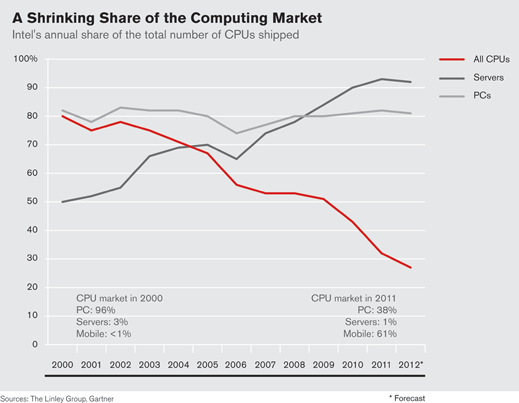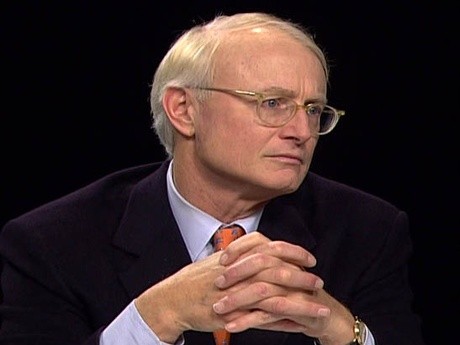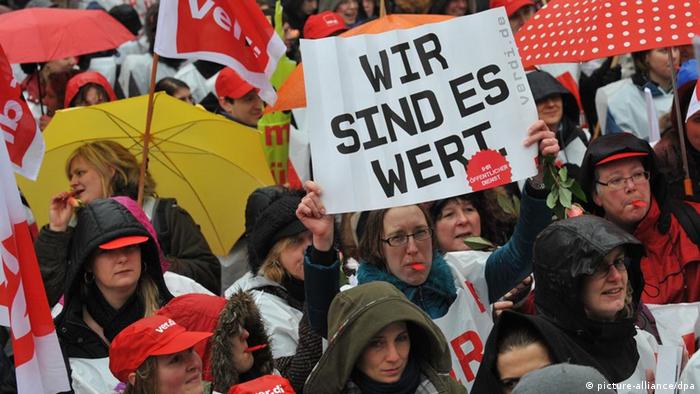OSAKA
--Sharp Corp. plans to design, build and operate solar power stations
in Japan that it expects to become a major money spinner in the
aftermath of the accident at the Fukushima No. 1 nuclear power plant.
"It
is high time that we build many solar power stations in Japan,"
President Mikio Katayama told a shareholders meeting in Osaka on June
23. "We will expand the solar power business as a growth engine, along
with liquid crystal display (LCD) panels."
The company is already
working with Italy's largest power company to build solar power
stations in Italy and elsewhere, and has acquired a major U.S.
developer of solar power stations.
Sharp's officials expect
demand for renewable energy to rise globally following the Fukushima
accident, but the current high price of solar energy will be a major
obstacle for their strategy.
Some estimates put the cost required
to generate one kilowatt-hour of electricity with solar power at as
high as 35-39 yen, compared with 7 yen for nuclear power.
The
average household electricity charge in Japan is about 22 yen per
kilowatt-hour. Katayama said Sharp will try to enhance the efficiency
of solar power generation equipment and lower its cost.
Another
challenge will be finding construction sites in Japan if the company's
strategy requires the efficiencies of scale of large solar power
stations.
However, prices of solar panels dropped 30 percent this
year as Chinese manufacturers increased shipments and demand fell in
Europe, according to Sharp.
The company says solar power
generation costs have fallen to the same level as household electricity
charges in sunny regions such as California and southern Europe.
"A
temporary gap in supply and demand could lead to an explosive growth
of the market," Toshishige Hamano, Sharp's executive vice president,
said.
Building and operating solar power stations would give
Sharp a strategic position in the solar power sector, offering the
prospect of stable earnings, as solar panel prices fall and competition
heats up.
Sharp has been refocusing on solar power generation
and other businesses to lessen its dependence on LCD panels, which face
intensifying price competition globally.
Last year, the company
introduced Galapagos, a mobile information terminal, and started an
electronic book distribution service.
It is also concentrating on development and sales of light-emitting diode lights.
"By focusing on consumer needs, we aim to accumulate hits rather than going for a home run," Katayama said.
Sharp's New Plant Reinvents Japan Manufacturing Model
By DAISUKE WAKABAYASHI
OSAKA—
Sharp
Corp.'s new production complex in western Japan is massive by any
measure: It cost $11 billion to build and covers enough land to occupy
32 baseball stadiums. But it carries a meaning as large as its physical
size. It's a litmus test for the future of Japanese high-tech
manufacturing.
The facility, considered the most expensive
manufacturing site ever built in Japan, started churning out
liquid-crystal display panels last month, and Sharp's new flagship
televisions featuring the energy-efficient LCD panels go on sale in the
U.S. next month. Sharp moved forward the factory's planned opening by
six months, saying the new plant would help it be more competitive.
Sharp
Sharp's new facility in Sakai city is considered the most expensive manufacturing site ever built in Japan.
"When
you look to the next 10 or 20 years, the existing industrial model
doesn't have a future," Toshihige Hamano, Sharp's executive vice
president in charge of the Sakai facility, said in an interview. "We had
to change the very concept of how to run a factory."
Located in
Sakai city along Osaka prefecture's waterfront, the complex represents
Japanese industry's biggest gamble in LCD panels to remain competitive
with rivals from South Korea, Taiwan, and China.
The factory's
size accommodates two main factors. One is the size of the glass used to
make the LCDs. Sharp is using the industry's biggest, or "10th
generation," sheets, which allow the company to produce 18 40-inch LCD
panels from a single substrate—more than double the eight 40-inch panels
per sheet it uses at its other LCD television panel-making factory.
The
other factor: Sharp has decided to try and cut costs by moving
suppliers on site, a kind of hyper-"just-in-time" delivery system.
The
plant currently employs 2,000 people—roughly half from Sharp and half
from its suppliers—although the work force will ultimately reach 5,000
as it adds production of solar panels as well.
It remains to be
seen whether it makes sense for Sharp to keep seeking ever
more-sophisticated production in Japan, or, as competitors have, to
simply use less advanced production techniques at lower costs in places
like China.
CLSA research analyst Atul Goyal warned in a report
last month that the company is making a mistake by "chasing technology"
with the new factory.
In the past, such efforts by Japanese
electronics makers have resulted in costly capital investments, only to
be confronted with limited appetite for cutting-edge technology and then
eventually outflanked by a cheaper alternative.
Even
Sharp's Mr. Hamano acknowledged that the company only gave the green
light to proceed during a boom period for LCD-panel demand, and that a
similar choice might not be made in today's market.
Rival Samsung
Electronics Co. has said it is looking into building a new LCD-panel
factory using even bigger glass sheets than Sharp, while LG Display Co.
has said it plans to build a new factory in China using current glass
size.
Sharp announced the Sakai project two years ago when LCD
demand was surging and the company had produced five straight years of
record profit. When consumer spending ground to a halt in late 2008,
Sharp didn't cut costs and curb production quickly enough. Saddled with
excess inventory, Sharp posted the first annual loss in nearly 60 years
in the fiscal year ended March 31, 2009.
The experience taught
Sharp a painful lesson that its supply chain needed to be leaner and its
production more efficient, especially if the factory was going to be in
Japan, where the strong yen and expensive labor force put the company
at a disadvantage to its Asian competitors.
Sharp aims to
streamline the costly LCD-panel production process by moving 17 outside
suppliers and service providers inside its factory walls to work as "one
virtual company."
In the past, Sharp kept suppliers within
driving distance. Now they are all within the same facility. Supplies
are sent not by truck from a nearby factory but by automated trolleys
snaking from one building to another.
The suppliers, which
include Asahi Glass Co. and Dai Nippon Printing Co., built and paid for
their own facilities and are renting the land from Sharp.
Despite their location inside the plant, Sharp says its suppliers are permitted to sell their products to other companies.
At
Sakai, Sharp has also linked its computer systems with suppliers so an
order to the factory alerts suppliers right away. In the past, Sharp
would email or call suppliers and place orders, creating a longer lag
time.
Sharp wouldn't disclose how much, if any, cost savings will
result from manufacturing LCD panels at Sakai, but analysts estimate a
5% to 10% savings.
Corning Inc. the world's largest maker of LCD
glass substrates, built a factory next to Sharp's Sakai plant. Corning
says the arrangement reduced total order cycle time from an average of
one to two weeks to a matter of hours. Corning also says the proximity
reduced the damage risk in transporting massive glass sheets on trucks.
While
Sharp is a long-standing customer, Corning said it was concerned
initially that building a factory on site would mean that it was
"hitching its wagon" to Sharp since it's the only customer for such
large glass substrates. Ultimately, Corning decided to proceed based on
its faith in Sharp's Sakai plans.
"There's nothing like it anywhere," said James Clappin, president of Corning Display Technologies.
Write to Daisuke Wakabayashi at
Daisuke.Wakabayashi@wsj.com 





 Sharp Corp. is building a solar power station in Italy. (Sharp Corp.)
Sharp Corp. is building a solar power station in Italy. (Sharp Corp.)

![[SHARP]](http://s.wsj.net/public/resources/images/MK-AZ779A_SHARP_NS_20091129183324.gif)






